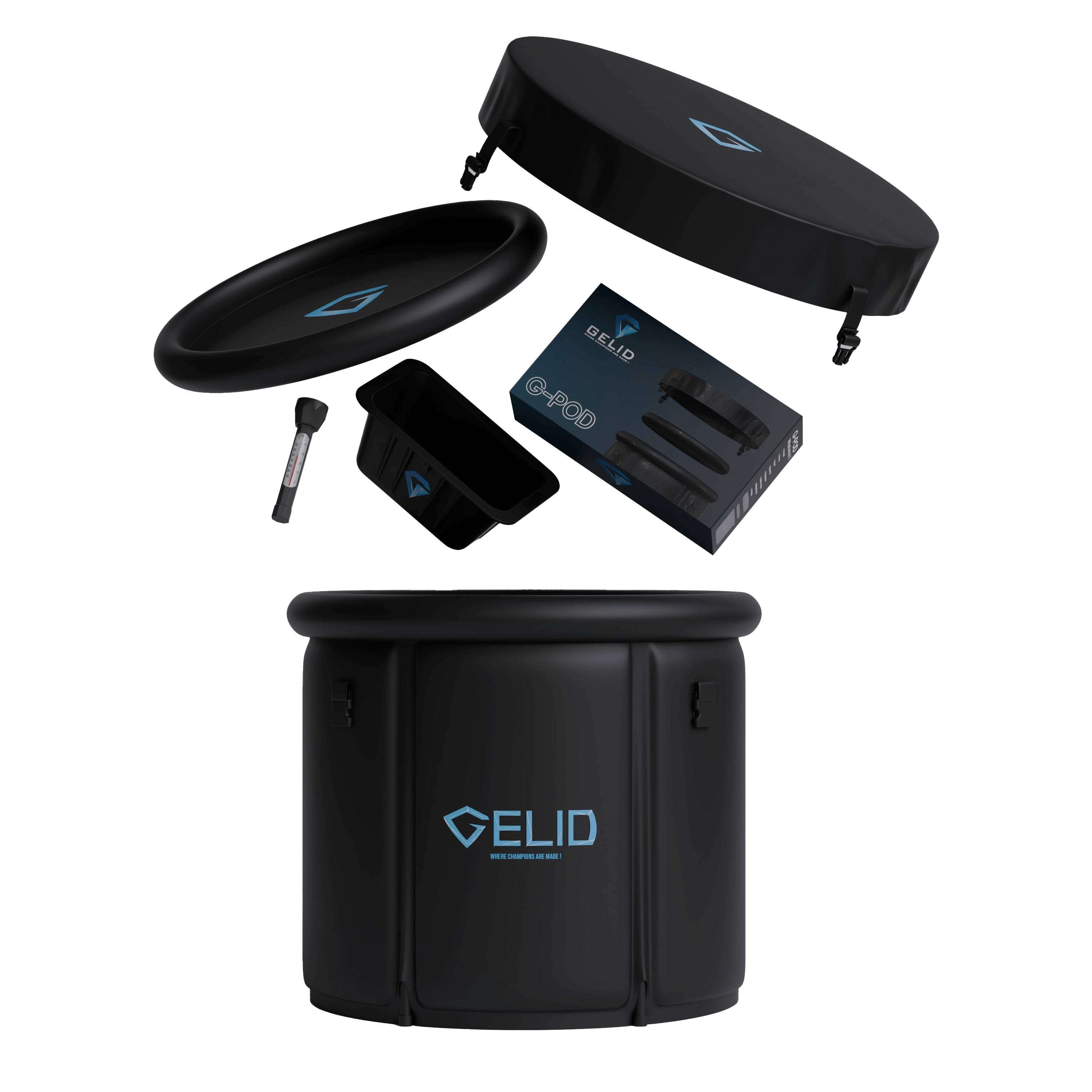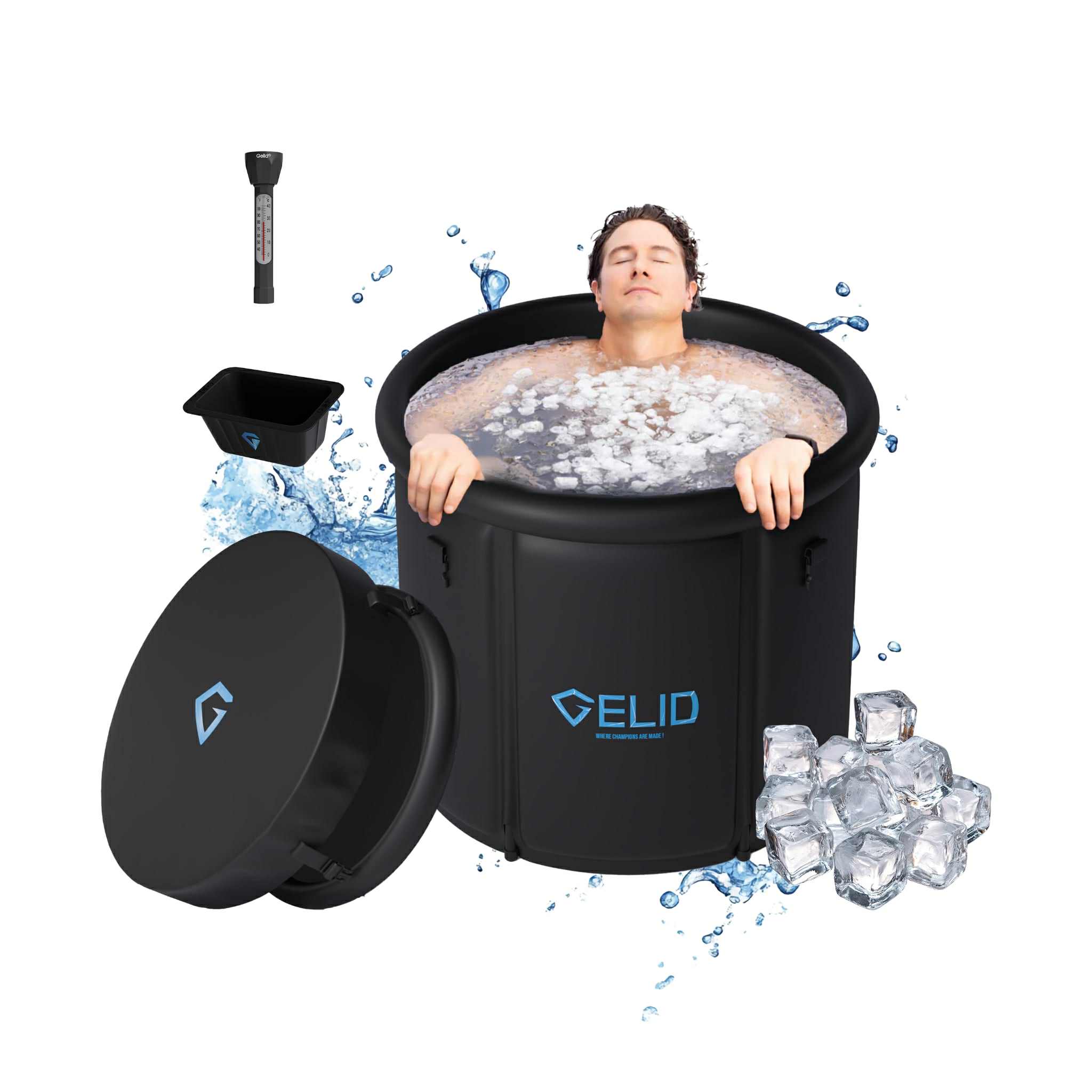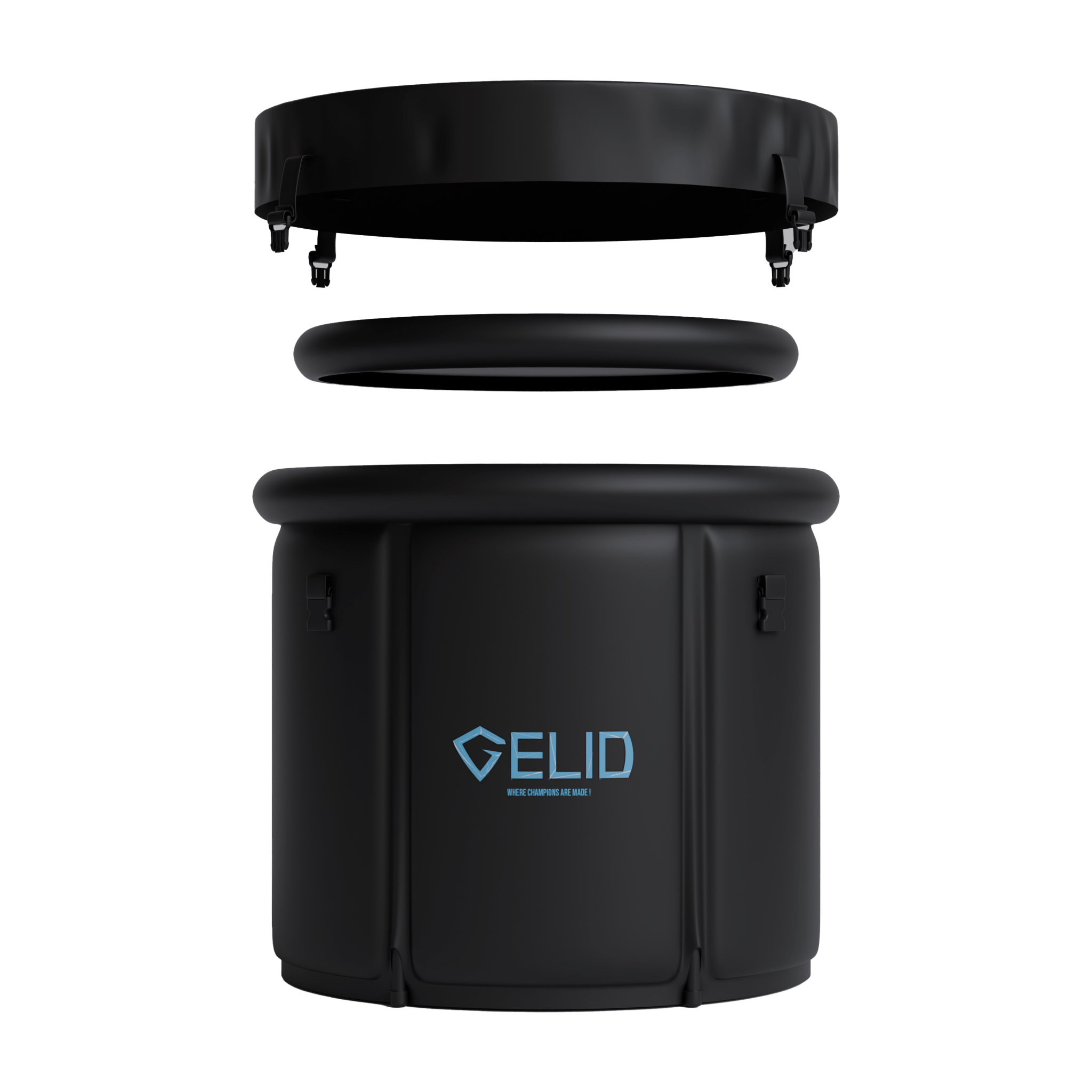5 Remarkable Benefits of Ice Baths: Boost Recovery and Performance
Introduction
Ever thought about taking an ice bath? The mere thought might make you shiver, but this practice is gaining traction among athletes and fitness enthusiasts for good reason. Ice baths, also known as cold-water immersion, involve submerging your body in cold water for a short period. Despite the initial shock to your system, the benefits are impressive. Let's delve into the top five reasons why you should consider braving the cold.
1. Accelerates Muscle Recovery
One of the primary reasons athletes turn to ice baths is for faster muscle recovery. After intense exercise, your muscles experience microtraumas, leading to soreness and fatigue. Ice baths can help mitigate this by constricting blood vessels, reducing swelling and tissue breakdown. Once you get out, the rewarming process promotes blood flow, which helps flush out metabolic waste and deliver essential nutrients to muscles.
2. Reduces Inflammation and Swelling
Inflammation is a natural response to muscle damage, but excessive inflammation can hinder recovery and performance. Ice baths are effective in reducing inflammation and swelling by lowering the temperature of the affected tissues. This helps to numb pain and limit the inflammatory response, speeding up the healing process. For anyone dealing with chronic pain or injuries, ice baths can be a game-changer.
3. Enhances Mental Toughness
Taking an ice bath is as much a mental challenge as it is a physical one. The initial discomfort requires significant mental fortitude to endure. Over time, regularly exposing yourself to such uncomfortable conditions can enhance your mental toughness, helping you better handle stress and adversity in other areas of life. Plus, the sense of accomplishment after each session can boost your overall mental well-being.
4. Improves Sleep Quality
Struggling with sleep? Ice baths might help. Cold exposure has been shown to lower core body temperature, which is crucial for initiating sleep. Additionally, the relaxation and muscle relief post-ice bath can promote a more restful sleep. Many athletes report better sleep quality and feel more refreshed in the mornings after incorporating ice baths into their routine.
5. Boosts Athletic Performance
By aiding in recovery and reducing inflammation, ice baths can help you train harder and more consistently. The quicker recovery times allow for more frequent training sessions, leading to improved performance over time. Moreover, the mental resilience gained from enduring cold immersion can translate to greater perseverance and focus during competitions.
Practical Tips for Ice Bathing
- Start Slowly: If you're new to ice baths, start with shorter durations and gradually increase your time as you get accustomed.
- Optimal Temperature: Aim for water temperatures between 50-59°F (10-15°C) for the best results.
- Limit Duration: Keep your ice bath sessions to around 10-15 minutes to avoid adverse effects like frostbite.
- Warm Up After: After your ice bath, warm up gradually with a warm shower or comfortable clothing.
FAQs
Q: How often should I take ice baths? A: It depends on your activity level and goals. Many athletes find 2-3 times a week effective, but listen to your body and adjust as needed.
Q: Are there any risks associated with ice baths? A: While generally safe, ice baths can pose risks for people with cardiovascular issues or allergies to cold. Always consult a healthcare professional if you're unsure.
Q: Can ice baths replace other recovery methods? A: Ice baths are best used in conjunction with other recovery methods like proper nutrition, hydration, and rest.
Wrapping Up
Ice baths might not be the most comfortable recovery method, but the benefits they offer make them worth considering. From faster muscle recovery to improved mental toughness and sleep quality, the cold can be your ally in achieving better performance and overall well-being. Ready to take the plunge?





PACK : G-POD MAX ICE BATH & ACCESSORIES
Description
Transform Your Recovery with Gelid’s G-pod Ice Bath
Included:
- G-Mold (Ice Mold)
- G-Float (Low Temperature Thermostat)
- Gelid Bag
- Repair Kit
- Air Pump
Are you tired of ineffective recovery methods? Discover the G-pod Ice Bath – the ultimate solution for muscle soreness, inflammation, and prolonged recovery times.
Why Choose Gelid’s G-pod?
Superior Cold Retention: Our state-of-the-art five-layer insulation system ensures prolonged cold water retention, maximizing the benefits of cold therapy.
Durable and Weatherproof: Crafted from top-quality materials like Polyester, PVC, EPE, and Foam, the G-pod is designed to withstand all weather conditions and rigorous use, offering unparalleled durability.
Easy Setup and Maintenance: The G-pod’s quick and hassle-free setup process allows you to start your recovery routine without delay. The tightly fitting lid enhances insulation, maintaining optimal cold temperatures.
Comfort and Space: With a diameter of 34 inches and a height of 30 inches, the G-pod comfortably accommodates users up to 6'7", providing a spacious full-body immersion experience.

